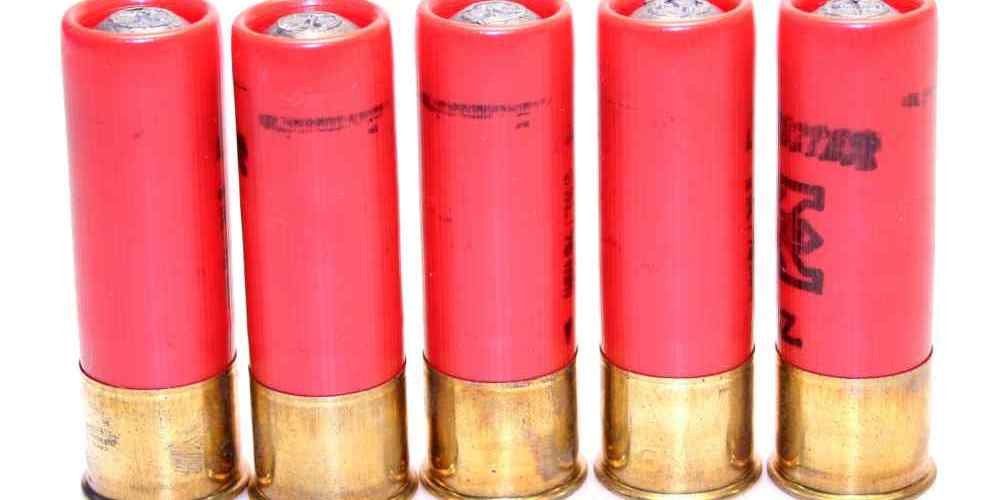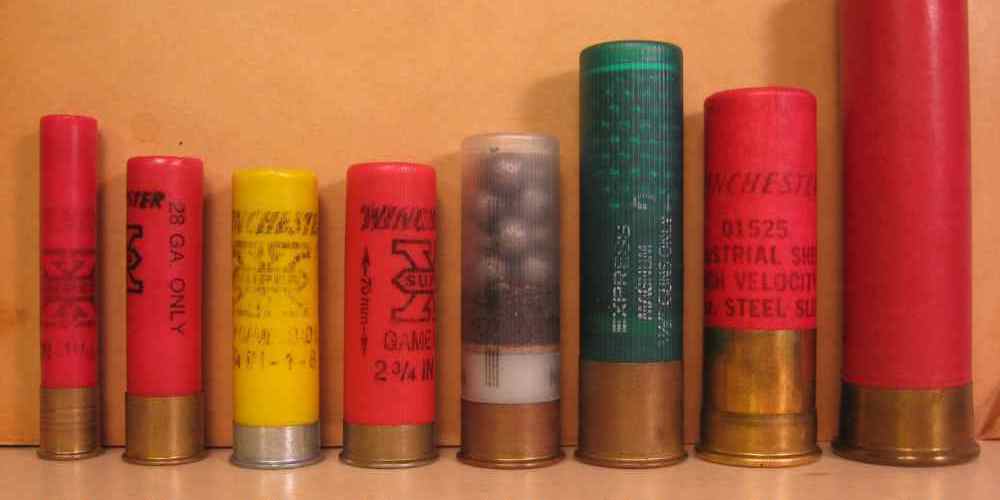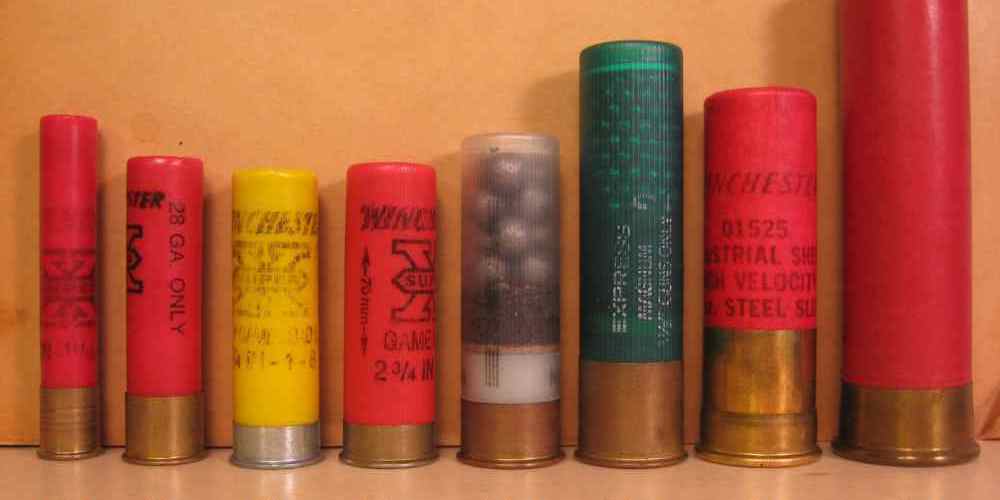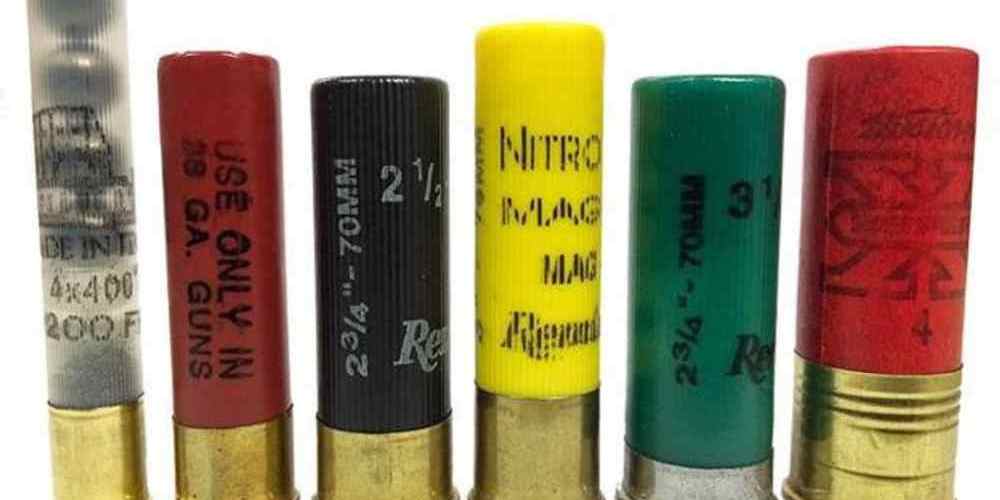“Shoot smart, match your ammo to the season.”
Benefits of Using Different Shotgun Ammunition for Different Seasons
When it comes to hunting with a shotgun, choosing the right ammunition for the season can make a big difference in your success. Different seasons bring different challenges and opportunities, so it’s important to match your shotgun ammunition to the specific conditions you’ll be facing. By using the right ammunition for the season, you can improve your accuracy, increase your chances of a successful hunt, and ensure the ethical harvest of game.
In the fall, when the leaves are changing and the temperatures are dropping, many hunters turn their attention to upland game birds like pheasants and grouse. These birds are fast and agile, so you’ll need ammunition that can deliver a tight pattern and plenty of stopping power. For upland game hunting, a smaller shot size like #6 or #7.5 is ideal. These smaller pellets will provide the necessary penetration to take down birds on the wing without damaging too much meat.
As winter approaches and waterfowl season begins, hunters face a different set of challenges. Waterfowl like ducks and geese are larger and tougher than upland game birds, so you’ll need ammunition that can deliver more energy at longer ranges. For waterfowl hunting, a larger shot size like #2 or #4 is recommended. These larger pellets will provide the necessary knockdown power to bring down ducks and geese cleanly and ethically.
In the spring, many hunters turn their attention to turkey hunting. Turkeys are notoriously tough birds with thick feathers and strong bones, so you’ll need ammunition that can penetrate through their defenses. For turkey hunting, a larger shot size like #4, #5, or #6 is recommended. These larger pellets will provide the necessary penetration to reach vital organs and ensure a quick, clean kill.
As summer approaches and dove season begins, hunters face a different set of challenges. Doves are small, fast-moving birds that can be difficult to hit, so you’ll need ammunition that can deliver a tight pattern and plenty of speed. For dove hunting, a smaller shot size like #7.5 or #8 is recommended. These smaller pellets will provide the necessary pattern density to hit fast-moving doves and ensure a successful harvest.
By matching your shotgun ammunition to the season, you can improve your accuracy, increase your chances of a successful hunt, and ensure the ethical harvest of game. Whether you’re hunting upland game birds in the fall, waterfowl in the winter, turkeys in the spring, or doves in the summer, choosing the right ammunition for the season is essential. So before you head out into the field, take the time to consider the specific conditions you’ll be facing and select the appropriate ammunition for the job. Your success as a hunter may depend on it.
How to Choose the Right Shotgun Ammunition for Waterfowl Hunting
When it comes to waterfowl hunting, choosing the right shotgun ammunition is crucial for a successful hunt. Different seasons bring different challenges and opportunities, so it’s important to match your ammunition to the specific conditions you’ll be facing. By understanding the characteristics of different types of shotgun ammunition and how they perform in various situations, you can maximize your chances of hitting your target and bringing home a successful harvest.
In the early season, when ducks and geese are still in their summer plumage and flying at higher altitudes, you’ll want to use smaller shot sizes such as #4 or #6. These smaller shot sizes are less likely to damage the meat of the bird and are better suited for longer shots. Additionally, early season birds tend to be more skittish and wary, so using smaller shot sizes can help you maintain a more consistent pattern and increase your chances of hitting your target.
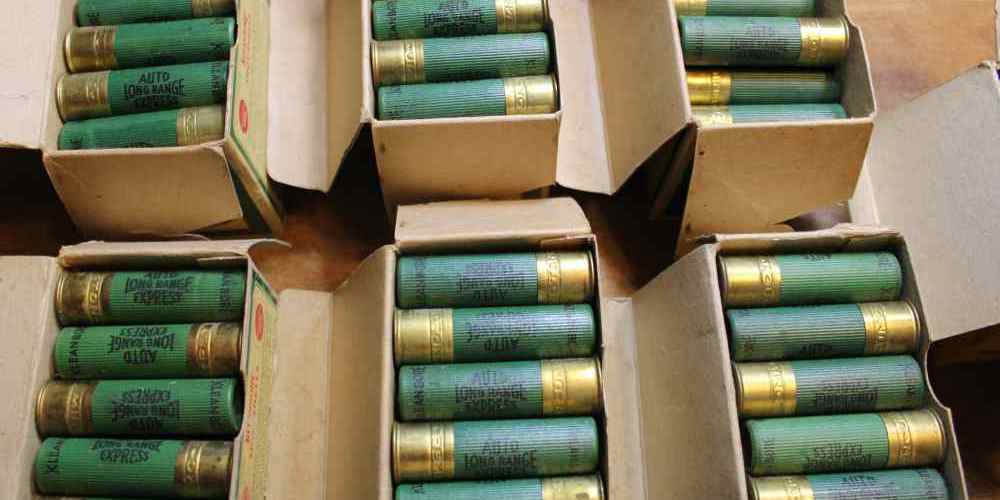
As the season progresses and birds begin to molt into their winter plumage, they become larger and more resilient. This is when you’ll want to switch to larger shot sizes such as #2 or BB. These larger shot sizes have more stopping power and are better suited for taking down larger, more resilient birds. Additionally, as the weather gets colder and birds start flying lower to the ground, larger shot sizes can help you make more effective shots at closer ranges.
In addition to shot size, it’s also important to consider the type of shotgun ammunition you’re using. Steel shot is the most common type of ammunition used for waterfowl hunting, as it is non-toxic and environmentally friendly. However, steel shot can be harder on your shotgun’s barrel and choke, so it’s important to make sure your equipment is up to the task. If you’re using an older shotgun or one with a fixed choke, you may want to consider using bismuth or tungsten shot, which are softer and less likely to damage your barrel.
Another factor to consider when choosing shotgun ammunition for waterfowl hunting is the shotshell length. Most waterfowl hunters use 3-inch or 3 ½-inch shotshells, as these longer shells can hold more shot and deliver more power. However, if you’re hunting in a heavily wooded area or in tight quarters, you may want to consider using 2 ¾-inch shotshells, which are shorter and more maneuverable.
Ultimately, the key to successful waterfowl hunting is to match your shotgun ammunition to the specific conditions you’ll be facing. By understanding the characteristics of different types of shotgun ammunition and how they perform in various situations, you can maximize your chances of hitting your target and bringing home a successful harvest. So whether you’re hunting early season ducks or late season geese, make sure you choose the right shotgun ammunition for the job.
Matching Your Shotgun Ammunition to the Terrain and Vegetation of the Season
When it comes to hunting with a shotgun, choosing the right ammunition is crucial for a successful and ethical hunt. One important factor to consider when selecting shotgun ammunition is the season in which you will be hunting. Different seasons bring different challenges in terms of terrain and vegetation, which can impact the effectiveness of your ammunition. By matching your shotgun ammunition to the season, you can increase your chances of a successful hunt.
In the fall and winter months, when the leaves have fallen and the ground is covered in snow, hunters often find themselves facing open fields and sparse vegetation. In these conditions, it is important to choose ammunition that can reach out to longer distances and provide sufficient stopping power. For this type of terrain, a heavier shot size such as #4 or #2 is recommended. These larger shot sizes have more pellets and can deliver a more effective pattern at longer ranges, making them ideal for hunting in open fields.
On the other hand, in the spring and summer months, when the vegetation is lush and dense, hunters may find themselves navigating through thick brush and wooded areas. In these conditions, a lighter shot size such as #6 or #7.5 is more suitable. These smaller shot sizes have fewer pellets but are better suited for close-range shooting in dense cover. They are less likely to penetrate through thick vegetation and are less likely to cause damage to the meat of the game.
Transitioning between seasons can also present challenges when it comes to selecting the right shotgun ammunition. For example, during the transition from winter to spring, hunters may encounter a mix of open fields and dense cover. In this case, it is important to have a variety of shot sizes on hand to adapt to changing conditions. By carrying a mix of #4, #6, and #7.5 shot sizes, hunters can be prepared for a variety of scenarios and increase their chances of success.
In addition to considering the terrain and vegetation of the season, hunters should also take into account the type of game they will be hunting. Different types of game require different shot sizes and loads for optimal performance. For example, hunting waterfowl such as ducks and geese requires ammunition with a larger shot size and heavier loads to effectively bring down these larger birds. On the other hand, hunting upland game such as pheasants and quail may require lighter shot sizes and loads for quick and clean kills.
Ultimately, matching your shotgun ammunition to the season is essential for a successful hunt. By considering the terrain, vegetation, and type of game you will be hunting, you can select the right shot size and load to maximize your chances of success. Whether you are hunting in open fields in the fall or navigating through dense cover in the spring, choosing the right shotgun ammunition can make all the difference in your hunting experience. So next time you head out into the field, be sure to match your shotgun ammunition to the season for a more enjoyable and successful hunt.
Tips for Selecting Shotgun Ammunition Based on Game Behavior in Different Seasons
When it comes to hunting with a shotgun, selecting the right ammunition is crucial for a successful and ethical hunt. Different game animals behave differently in various seasons, so it’s important to match your shotgun ammunition to the season to maximize your chances of a successful harvest.
In the fall, many hunters are gearing up for waterfowl season. Waterfowl, such as ducks and geese, are known for their fast and agile flight patterns. To effectively take down these birds, you’ll want to use ammunition that is specifically designed for waterfowl hunting. Steel shot is a popular choice for waterfowl hunting, as it is non-toxic and effective at bringing down birds in flight. Additionally, larger shot sizes, such as BB or BBB, are recommended for waterfowl hunting to ensure a clean and ethical kill.
As winter approaches, many hunters turn their attention to upland game birds, such as pheasants and quail. Upland game birds tend to fly in a more predictable manner than waterfowl, making them slightly easier targets. When hunting upland game birds, it’s important to use ammunition that is suited to the task. Lead shot is a common choice for upland game bird hunting, as it is effective at bringing down birds without damaging the meat. Shot sizes ranging from 6 to 8 are typically recommended for upland game bird hunting, as they provide a good balance of shot density and energy transfer.
In the spring, many hunters set their sights on turkey hunting. Turkeys are known for their keen eyesight and wary behavior, making them a challenging quarry. To effectively hunt turkeys, you’ll want to use ammunition that is specifically designed for turkey hunting. Turkey loads are typically loaded with larger shot sizes, such as 4, 5, or 6, to provide the necessary energy to bring down a turkey at longer distances. Additionally, turkey loads are often loaded with specialized shot types, such as copper-plated or buffered shot, to ensure tight patterns and maximum lethality.
As summer rolls around, many hunters shift their focus to small game hunting, such as squirrels and rabbits. Small game animals tend to be more elusive and skittish than larger game animals, making shot placement critical. When hunting small game, it’s important to use ammunition that is suited to the task. Lead shot is a common choice for small game hunting, as it provides good energy transfer without excessive penetration. Shot sizes ranging from 6 to 8 are typically recommended for small game hunting, as they provide a good balance of shot density and energy transfer.
In conclusion, matching your shotgun ammunition to the season is essential for a successful and ethical hunt. By selecting the right ammunition for the game behavior you are likely to encounter in each season, you can maximize your chances of a successful harvest. Whether you’re hunting waterfowl in the fall, upland game birds in the winter, turkeys in the spring, or small game in the summer, choosing the right shotgun ammunition will help you make the most of your hunting experience.
The Importance of Adjusting Your Shotgun Ammunition for Changing Weather Conditions
When it comes to hunting with a shotgun, choosing the right ammunition is crucial for success. Different seasons bring different weather conditions, which can affect the performance of your shotgun ammunition. It’s important to match your ammunition to the season to ensure optimal performance and accuracy.
In the fall, when the weather is cooler and the leaves are changing colors, hunters often find themselves targeting game such as ducks, geese, and upland birds. For these types of game, it’s important to choose ammunition that is specifically designed for waterfowl or upland hunting. These types of ammunition are typically loaded with larger shot sizes, such as #2 or #4, which are better suited for taking down larger birds at longer distances.
As winter approaches and the temperatures drop, hunters may find themselves targeting game such as deer or turkey. In these colder months, it’s important to choose ammunition that is designed for larger game. Ammunition loaded with larger shot sizes, such as #00 buckshot or slugs, are ideal for taking down deer or turkey at closer ranges. These larger shot sizes provide the necessary stopping power to bring down larger game quickly and effectively.
As spring arrives and the weather begins to warm up, hunters may find themselves targeting game such as rabbits or squirrels. In these warmer months, it’s important to choose ammunition that is designed for smaller game. Ammunition loaded with smaller shot sizes, such as #6 or #7.5, are ideal for taking down smaller game at closer ranges. These smaller shot sizes provide the necessary precision and accuracy to bring down smaller game without causing unnecessary damage.
Regardless of the season, it’s important to consider the weather conditions when choosing your shotgun ammunition. In wet or rainy conditions, it’s important to choose ammunition that is water-resistant to prevent misfires or malfunctions. Ammunition that is coated with a waterproof sealant or made from materials that are resistant to moisture are ideal for hunting in wet conditions.
In windy conditions, it’s important to choose ammunition that is aerodynamic and stable in flight. Ammunition that is designed with a high velocity and a tight shot pattern is ideal for hunting in windy conditions. These types of ammunition are less affected by wind drift and are more likely to hit your target accurately.
In hot or humid conditions, it’s important to choose ammunition that is designed to perform reliably in high temperatures. Ammunition that is made from materials that are resistant to heat and humidity are ideal for hunting in hot conditions. These types of ammunition are less likely to misfire or malfunction in high temperatures.
By matching your shotgun ammunition to the season and considering the weather conditions, you can ensure optimal performance and accuracy when hunting. Whether you’re targeting waterfowl in the fall, deer in the winter, or rabbits in the spring, choosing the right ammunition is key to a successful hunt. So next time you head out into the field, make sure to adjust your shotgun ammunition to match the season and weather conditions for the best results.



